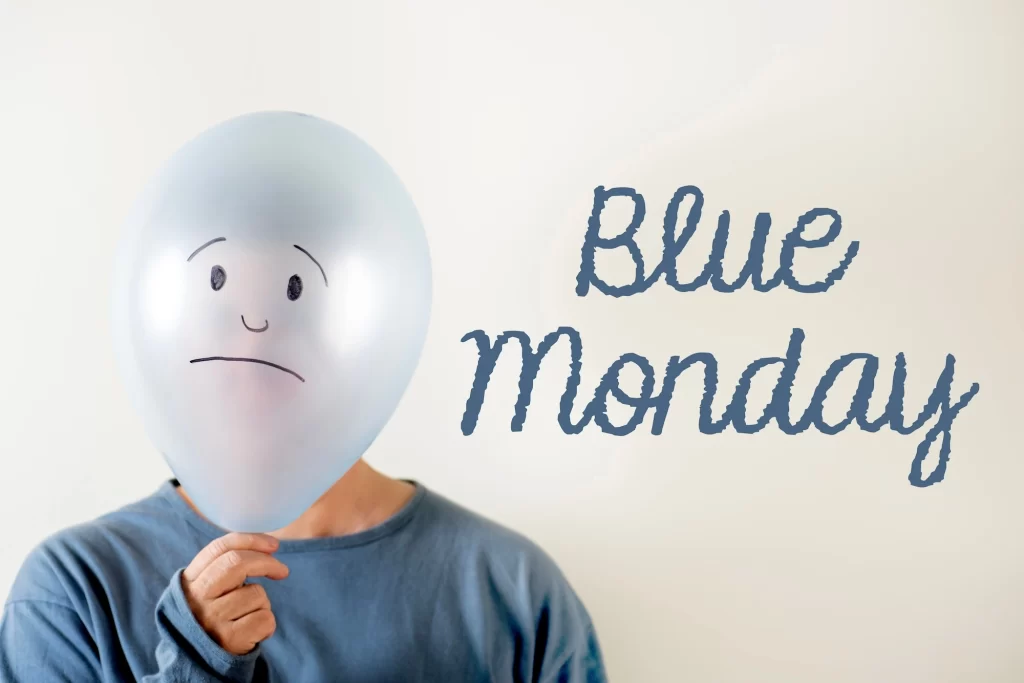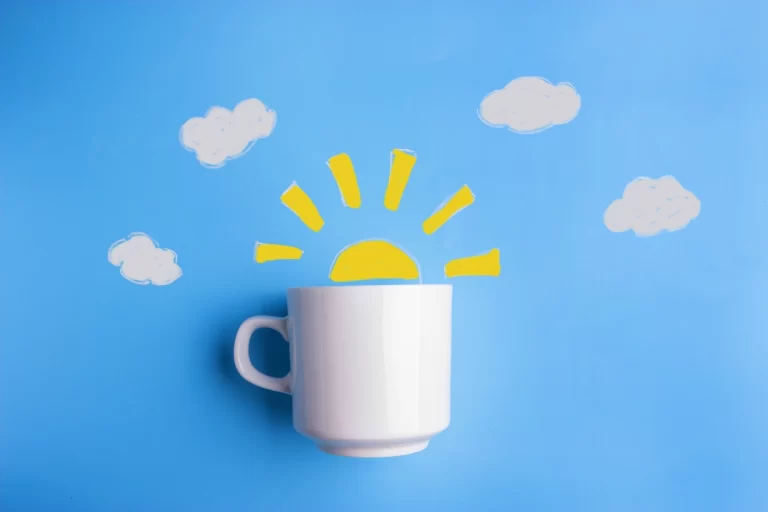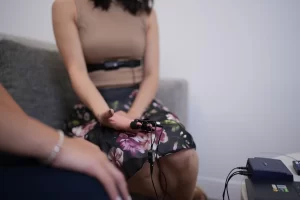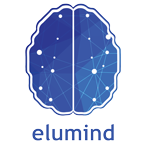Blue Monday, often considered the saddest day of the year, happens on the third Monday in January. As winter gets colder, the excitement of the holidays fades, and the promises we made for the New Year start to fade too. This time can make many people feel a bit down. In this blog, we’ll look into why some call it Blue Monday, clear up some common misunderstandings about it, and, most importantly, explore simple ways to improve mental health during this time.
Understanding Blue Monday
Blue Monday was thought up by a psychologist named Dr. Cliff Arnall in 2005. He said he figured out a special formula to find the most depressing day of the year. But be careful believing this idea, as many experts have said it’s not really scientific. Mental health is quite complicated, and you can’t sum it up with just one day or formula. Still, Blue Monday reminds us that many people might feel a bit sad around this time, and it’s crucial to think about why.
Debunking Blue Monday Myths
By recognizing the diverse nature of mental health and understanding that individual emotions are complex and multifaceted, we can break free from the oversimplified notion that Blue Monday paints a uniform emotional landscape for all.
– Universal Sadness:
Myth: Everyone is supposed to feel sad on Blue Monday.
Reality: People experience emotions differently. Blue Monday doesn’t mean everyone will feel sad; it’s more about acknowledging that some individuals might face challenges during this time.
– Fixed Day of Misery:
Myth: Blue Monday is the only day people feel low during January.
Reality: Mental health challenges can occur at any time of the year. Blue Monday is symbolic, and people’s emotions fluctuate for various reasons throughout the month and beyond.
– Inescapable Blues:
Myth: Once Blue Monday arrives, there’s no way to escape feeling down.
Reality: Emotions are dynamic. While Blue Monday may highlight potential challenges, individuals can take proactive steps to improve their mood and overall mental well-being.
– External Factors as Sole Contributors:
Myth: The weather and financial issues are the only reasons people feel sad on Blue Monday.
Reality: Mental health is influenced by a combination of internal and external factors. While external elements can play a role, individual experiences and coping mechanisms vary widely.
– Predictable Mood for All:
Myth: Blue Monday predicts how everyone will feel on that specific day.
Reality: Emotions are subjective and personal. Blue Monday is a generalization and doesn’t accurately reflect the diverse range of emotions individuals may experience on that particular day.
Mental Health Solutions
Let’s explore more detailed mental health solutions that individuals can incorporate into their lives to foster well-being, especially during challenging periods like Blue Monday:
– Therapeutic Techniques – Cognitive Behavioral Therapy (CBT):
What it is: A goal-oriented therapy focusing on identifying and changing negative thought patterns.
How to use it: Learn CBT techniques through self-help resources or seek a therapist specializing in CBT.
– Emotion Regulation Strategies – Mindful Breathing:
What it is: A simple mindfulness technique involving focused, intentional breathing.
How to use it: Practice mindful breathing for a few minutes daily to manage stress and improve emotional regulation.
– Journaling for Reflection – Gratitude Journal:
What it is: Reflecting on and writing down things you’re thankful for each day.
How to use it: Dedicate a few minutes daily to jot down positive aspects of your life, promoting a positive mindset.
– Physical Activity for Mood Enhancement – Yoga:
What it is: A practice combining physical postures, breathing exercises, and meditation.
How to use it: Incorporate yoga into your routine to improve flexibility, reduce stress, and enhance overall well-being.
– Social Connection – Quality Time with Loved Ones:
What it is: Spending meaningful time with friends or family members.
How to use it: Schedule regular gatherings or virtual meet-ups to strengthen social bonds.

– Holistic Nutrition – Mindful Eating:
What it is: Paying attention to the sensory experience of eating and being present during meals.
How to use it: Practice mindful eating by savoring each bite, fostering a healthier relationship with food.
– Digital Detox – Unplugging Time:
What it is: Take a break from electronic devices to reduce screen time.
How to use it: Designate specific periods for a digital detox, allowing for more mindful and restful moments.
– Artistic Expression – Creative Writing:
What it is: Expressing emotions and thoughts through writing.
How to use it: Maintain a journal, write poetry, or explore storytelling as a therapeutic outlet.
– Structured Daily Routine – Time Blocking:
What it is: Organizing your day into defined blocks of time for different activities.
How to use it: Plan your day with designated periods for work, self-care, and leisure to establish a sense of structure.
– Nature Connection – Outdoor Mindfulness:
What it is: Engaging in mindfulness practices while spending time in nature.
How to use it: Take mindful walks, practice meditation outdoors, or simply spend time appreciating natural surroundings.
– Learning and Growth – Online Courses:
What it is: Expanding your knowledge and skills through online learning platforms.
How to use it: Enroll in courses that interest you, promoting continuous personal and professional development.
– Mind-Body Practices: Tai Chi:
What it is: An ancient Chinese practice combining slow, flowing movements and meditation.
How to use it: Incorporate Tai Chi into your routine for improved balance, flexibility, and stress reduction.
Remember that individual preferences vary, and finding what works best for you may involve some experimentation. Consistency and self-compassion are key. If mental health challenges persist or intensify, seeking professional support is crucial for personalized guidance and intervention.
Conclusion
Blue Monday is said to be the saddest day of the year, but it’s not the same for everyone. By understanding this and focusing on simple ways to feel better, you can take control of your mental well-being. Talk to people, take care of yourself, connect with others, get professional help if needed, and try relaxation techniques. Remember, taking small steps consistently can make a big difference in how you feel overall.
Elumind Centres for Brain Excellence is an integrated mental health centre offering solutions that can help you with your mental/brain health needs. To start your journey, book your FREE 15-MINUTE PHONE CONSULTATION. We are here for you.









